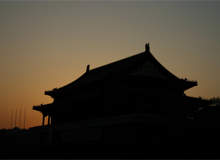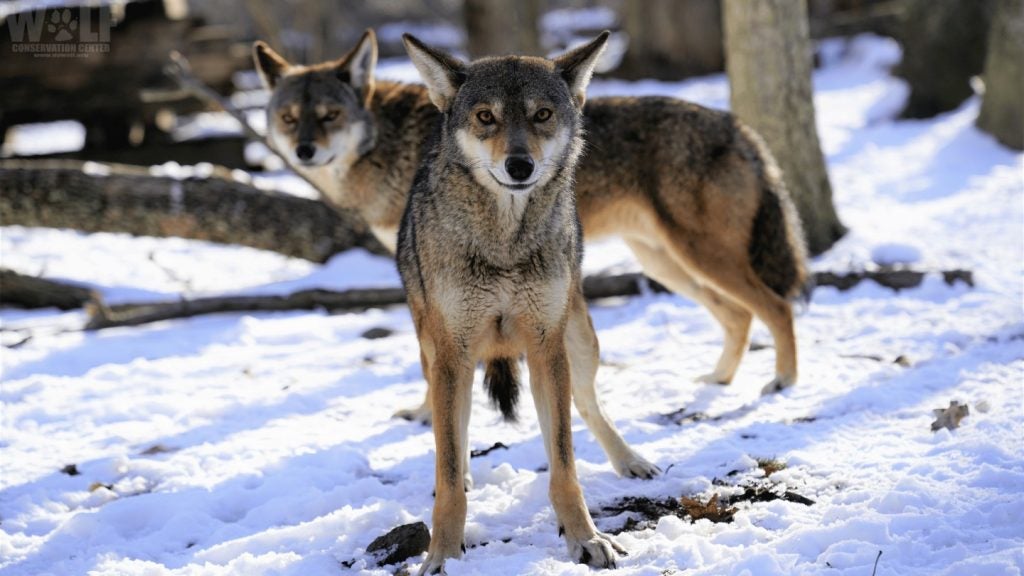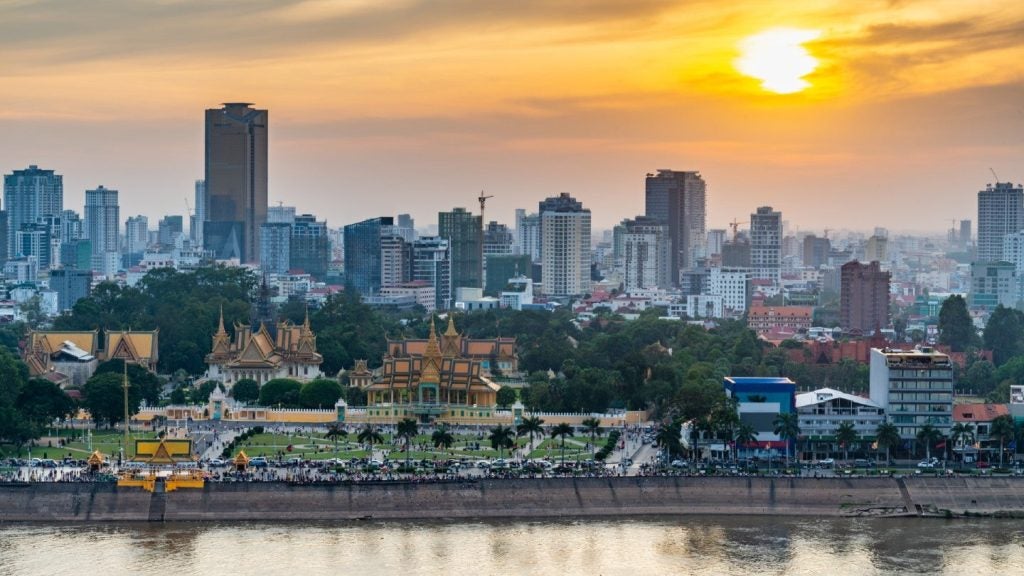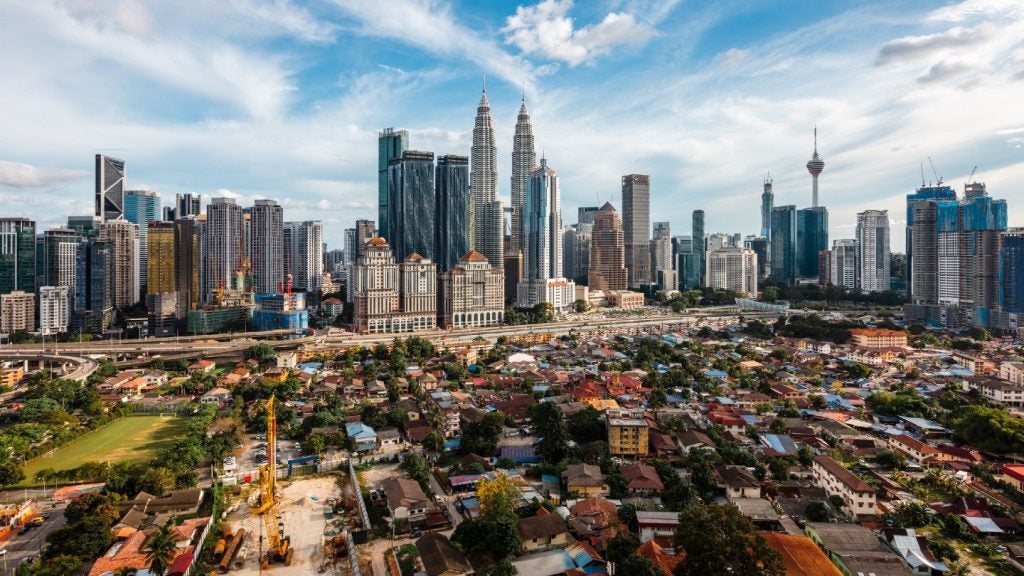
Asia Pacific attracted more than 20% of tourists in 2007, making it the world’s second fastest growing region. Tourist arrivals were up by more than 8% in the first quarter of 2008, a growth rate that the Pacific Asia Travel Association (PATA) expects to continue, while revenue from tourism is predicted to top $4.6trn by the end of the decade.
By then international tourist numbers are expected to have more than doubled, reaching about 500m. Big sporting and business events across Asia Pacific have brought in thousands of tourists this year, with the Beijing 2008 Olympic and Paralympic Games surpassing expectations in terms of size and scale.
Robust economic performance across the region, way ahead of the global average, adds to the positive picture and, although the economic powerhouses of China and India are behind much of this growth, emerging markets are also pushing ahead.
Hotels in the region performed particularly well in the first eight months of the year, with RevPAR rising 12.9% to $100.
On a global scale, this put the region in fourth place in terms of growth, behind Central and South America (up 18.8%), the Middle East (up 22.3%) and Europe (up 13.3%). However, in absolute RevPAR terms, Asia Pacific came third.
See Also:
All regions in Asia Pacific have seen double digit RevPAR growth year-to-August 2008 as seen in table 1, apart from North-East Asia, which posted a 9.3% increase.
How well do you really know your competitors?
Access the most comprehensive Company Profiles on the market, powered by GlobalData. Save hours of research. Gain competitive edge.

Thank you!
Your download email will arrive shortly
Not ready to buy yet? Download a free sample
We are confident about the unique quality of our Company Profiles. However, we want you to make the most beneficial decision for your business, so we offer a free sample that you can download by submitting the below form
By GlobalDataNorth-East Asia
Although North-East Asia attracted 57% of international tourist arrivals in the region during 2007, occupancy figures are down because of the influx of new hotels and visa restrictions, particularly in China. Occupancy dropped to 65.1% year-to-August 2008, the lowest in Asia Pacific.
However, average room rates rose swiftly and ended only $7 short of the regional average.
Tokyo took the honours in North-East Asia, reporting absolute RevPAR of $177, rising 10.2%. The city also had the highest average room rates in the sub-region, at $241.
New rooms coming on to the market recently have affected occupancy, however, which fell 7.2% to 73.2% year-to-August 2008. More rooms will become available from March 2009, when Shangri-La Hotels and Resorts makes its debut in Japan, with the opening of the Shangri-La hotel Tokyo, adding a further 202 rooms to the city’s inventory.
This hotel will occupy the top 11 floors of the Marunouchi Trust Tower Main building – a 37-floor, mixed-use location.
Hong Kong also reported strong absolute RevPAR year-to-August 2008 at $160. Although average room rates in Hong Kong are down $41 compared to Tokyo, it continues to enjoy the highest occupancy levels in Asia Pacific, at 80.4%.
According to the Hong Kong Tourist Board, year-to-August 2008, international tourist arrivals to the city were up 7.3% to 19.6m, with visitors from mainland China accounting for 57.5% of all tourist arrivals. These numbers are expected to rise, while the exchange rate between the Hong Kong dollar and the Chinese yuan entices mainlanders to visit Hong Kong.
RevPAR: (Tokyo) $177
Average room rate: (Tokyo) $241
Number of visitors: (Hong Kong) 19.6m
On the negative side though, China’s decision to permit direct flights across the Taiwan Strait means that Taiwanese visitors will no longer need to use Hong Kong as a stop-off before entering the mainland.
In mainland China, 2008 was Beijing’s chance to shine as host of the Beijing 2008 Olympic and Paralympic Games.
More than $40bn was ploughed into China’s capital, expanding and enhancing tourism infrastructure. Before the 2008 Games, China had received negative publicity surrounding riots in Tibet, protests at the Olympic torch relay and the massive earthquake in Sichuan, seeing visitor arrivals fall 20% in the month of June alone.
Although some hotels boasted that they were fully booked before the event, others had to slash rates to bring in business. However year-to-August results for the city reported outstanding growth, with RevPAR up 41.6% to $112.
Although occupancy dipped to 61.4%, average room rates reported strong growth, up 59.8% to $182.
The baton has been passed to Shanghai, which will host World Expo in 2010. This is the largest global event after the Olympic Games and the football World Cup. World Expo lasts for six months and is expected to attract 70m visitors.
Preparations in the city are already under way, including extensive infrastructure upgrades of four new underground train lines and the refurbishment of Terminal 1 at Shanghai Pudong International Airport. Year-to-August 2008, hotel performance in the city mirrored that of Beijing, seeing falls in occupancy to less than 60%, while average room rates rose 9% to $143.
As a result, RevPAR fell 1.2% to $82.
South-East Asia
South-East Asia achieved the highest RevPAR growth in the region year-to-August 2008, rising a staggering 18.4% to $89 and earning a place behind North-East Asia in terms of absolute RevPAR. The region also secured the highest growth in average room rates (up 18.7%) which now stand at $126. South-East Asia took the second spot after Oceania in terms of occupancy year-to-August, falling marginally to 70.8%.
Bali stole the show in South-East Asia, as RevPAR soared 34.2% to $99. The Indonesian resort island has enjoyed steady growth as it recovers from the bomb attacks in 2005.
Occupancy rose to 79.1%, with average room rates up 14.9% to $125. With marketing campaigns and the relaxation of warnings to tourists, hoteliers can expect positive growth for the rest of the year.
Singapore has also seen exceptional growth. Although occupancy dipped 5.7% to just short of 80%, average room rates rose 33.6% to $211, and hoteliers are sure to have seen good business during the Grand Prix in September.
In October 2007, Singapore Airlines was the first airline to fly the Airbus A380 super-jumbo between Singapore and Sydney, with routes to London and Tokyo being added early in 2008. These new flights, with increased capacity, combined with the opening of Singapore Changi Airport’s new terminal in January 2008 – which can handle up to 22m passengers a year – will put Singapore firmly on track to achieve its Tourism 2015 target.
In Vietnam, Ho Chi Minh City saw RevPAR rise 17.6% to $111 year-to-August 2008. This was driven by average room rates, which at $169 are almost $115 higher than they were five years ago.
RevPAR: $89
Average room rate: $126
RevPAR growth: 18.4%
Occupancy, however, was down 11.7% to 65.3%. In the north, Hanoi saw similar patterns, but occupancy fell more rapidly, 18.3% to 64.8%.
Average room rates grew $37 year-to-August in the same period last year, resulting in a RevPAR rise of 9.5%.
Rising inflation in Vietnam is one of the factors affecting occupancy levels, as people have less disposable income. In addition, the high average room rates compared to some of Vietnam’s South-East Asian counterparts may be discouraging international visitors to the country.
In the most recent annual survey by the WTTC, Vietnam was placed fourth in the world’s fastest-growing destinations between 2009 and 2018, behind India, China and Libya.
International tourists will continue to be attracted by currency exchange rates, as the Vietnamese dong falls further against the US dollar, the Japanese yen and the euro. However the hotel industry needs to improve its service levels and infrastructure before attempting to push up average room rates.
Hotels in Thailand have enjoyed excellent RevPAR growth year-to-August 2008, with the capital city of Bangkok reporting the highest rise, up 12.2% to $80. Much of this growth has been driven by average room rates, which have jumped $10 since last year to $112.
Phuket reported the highest absolute RevPAR year-to-August 2008 at $97. Although occupancy dipped slightly here to 69.9%, average room rates remain strong, rising 11.7% to $139 – the highest in Thailand.
Whether these growth rates are sustainable, given the anti-government protests in Bangkok and the threat of war with Cambodia, is questionable.
The global economy is also having an impact on Thailand, particularly its airlines. In July 2008, Thai Airways suspended its services between Bangkok and New York, blaming fuel costs.
Other Thai airlines that have reportedly cut back on routes because of fuel costs include Nok Air and Thai AirAsia.
South Asia
Year-to-August 2008, hotels in South Asia saw strong double-digit RevPAR growth of 11.9% to $151 – the highest RevPAR in Asia Pacific. Growth has been driven by strong increases in average room rates, which now stand at $227.
India continues to be the main contributor and, according to the WTTC, India’s travel and tourism sector is expected to generate $42.8bn by 2017 – an estimated 42% increase on 2007. It is also expected to be the fastest-growing destination in the world between 2009 and 2018.
Cities in India continue to report solid growth, with Delhi taking the top spot as RevPAR rose 17.3% to $228 – the highest in the country. The city also posted the highest occupancy levels at 75%.
RevPAR: $126
Average room rate: $167
Number of visitors: (New Zealand) 2.4m
In the financial capital of Mumbai, average room rates have soared 24.1% to $305 – $2 higher than in Delhi. India will host the Commonwealth Games in 2010 and preparations are in full swing.
This will be the first time the games are held in India and the second time in the region, as they took place in Melbourne in 2006. The building boom continues across the country as international and domestic hotel chains rush to cash in on the country’s potential.
However recent bombings in key tourist hubs could dent business in the short term.
In the Maldives, tourist arrivals rose 12.3% in 2007 to 675,889 as infrastructure improvements were made and a number of resorts were reopened following the 2004 tsunami, according to the Maldives Tourism Ministry. Visitor arrivals from the UK account for 18% of all tourist arrivals, followed by Italy and Germany.
Hotel performance here is excellent, with RevPAR up 25.5% to a staggering $623 year-to-August 2008. Occupancy hit 74.3%, while average room rates were the highest in the Asia Pacific region at $839.
The Maldives aims at the high end of the market, however, and accommodation can cost more than $1,000 a night at the islands’ luxury resorts.
Oceania
Hotels in Australia reported double-digit RevPAR growth year-to-August 2008, up 16.9% to $126. This was driven by strong average room rate gains of $27 in the same period last year to $167, while occupancy stood at 75.8%.
Perth stole the show, seeing RevPAR soar by 30.4% to $136. A slight increase in hotel supply led to occupancy falling back to 80.1%.
Melbourne and Sydney topped the table with average room rates of $187 and $186 respectively. Melbourne is becoming increasingly popular with UK tourists and a growing number of international airlines is making the city more accessible.
RevPAR: $151
Average room rate: $227
Number of visitors: (Maldives) 675,889
However, the city is expecting an influx of 2,000 hotel rooms in the next 18 months, which could damage the high occupancy rates.
Across the Tasman Sea, the downturn in the global economy is starting to bite at New Zealand’s usually robust tourism industry. Tourist arrivals until the year ending August 2008 rose only 0.3% to 2.4m, according to the New Zealand Ministry of Tourism (TNZ).
The gloomy economic outlook and the distractions of an election in the US, which is a chief source market, are keeping tourists away. Arrivals from the US fell 5.8% in August alone.
Despite this, hotels in Auckland achieved 8.1% RevPAR growth to $83. This was the result of a 9.3% hike in average room rates to $115, while occupancy dipped to 71.8%.
TNZ hopes marketing campaigns will encourage many more visitors from its main source markets.
The tigers of Asia Pacific are still roaring, attracting more visitors each year and developing attractions to reach new audiences. With predictions that international visitor arrivals to Asia Pacific will more than double by the end of 2010 to 500m, this is clearly not a region to look back.
The first eight months of 2008 have been a good period for most countries in Asia Pacific in terms of RevPAR performance. However in the short term this region is not immune from the global turmoil.
When the bad news subsides though, Asia Pacific will emerge again as the region with the brightest outlook.







